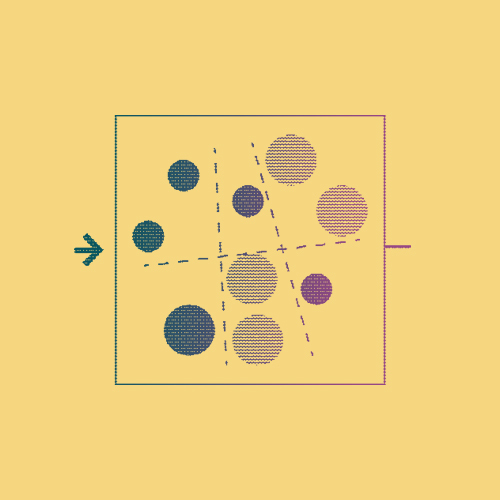Since their origins in the 1980s, powerful gradient boosting algorithms have been reducing bias error in machine learning (ML) models. Often applied in the field of learning to rank, today, they span applications from Yahoo search results to high energy physics.
As one of the most powerful algorithms in the field of ML, gradient boosting is used to reduce bias error in learning models. It combines various simple models with limited performance levels — like weak models or weak learners — into a single composite one. Or, as American computer scientist Michael Kearns said in 1988, making “an efficient algorithm for converting relatively poor hypotheses into very good hypotheses.”
A Boost For ML
The origins of gradient boosting are found in the observation by statistician Leo Breiman that “Boosting can be interpreted as an optimization algorithm on a suitable cost function.” The first truly successful realization of boosting was Adaptive Boosting (AdaBoost). This was formulated by Yoav Freund and Robert Schapire in 1995 and helped improve the performance of other learning algorithms. In 1997, AdaBoost was recast in a statistical framework by Leo Breiman as ARCing algorithms. These were further developed by Jerome H. Friedman, resulting in his seminal paper “Greedy Function Approximation: A Gradient Boosting Machine.” These were the first explicit regression gradient boosting algorithms and would later be referred to simply as gradient boosting or gradient tree boosting.
“An efficient algorithm for converting relatively poor hypotheses into very good hypotheses.” – Michael Kearns
Gradient boosting is extremely useful in the field of Learning to rank, or machine-learned ranking (MLR). It lies at the heart of the ML ranking engines used by Yahoo and Yandex. It also plays a role in data analysis for high energy physics and tackling challenges linked to the discovery of Higgs Boson. It helped separate the signal from background noises using data from the Large Hadron Collider (LHC), the world’s largest, highest-energy particle collider.
Key Dates
-
1999
The First Gradient Boosting Algorithms
Jerome H. Friedman publishes “Greedy Function Approximation: A Gradient Boosting Machine,” revealing the first explicit gradient boosting algorithms.
-
2003
The Gödel Prize for AdaBoost
Yoav Freund and Robert Schapire win the Gödel Prize for AdaBoost, their statistical classification meta-algorithm.
-
2014
ML & The Higgs Boson
Physicists at CERN launch a ML competition designed to use the best of technology — including AdaBoost and Gradient Boosting — to predict whether particle collision events were the Higgs Boson signal.




